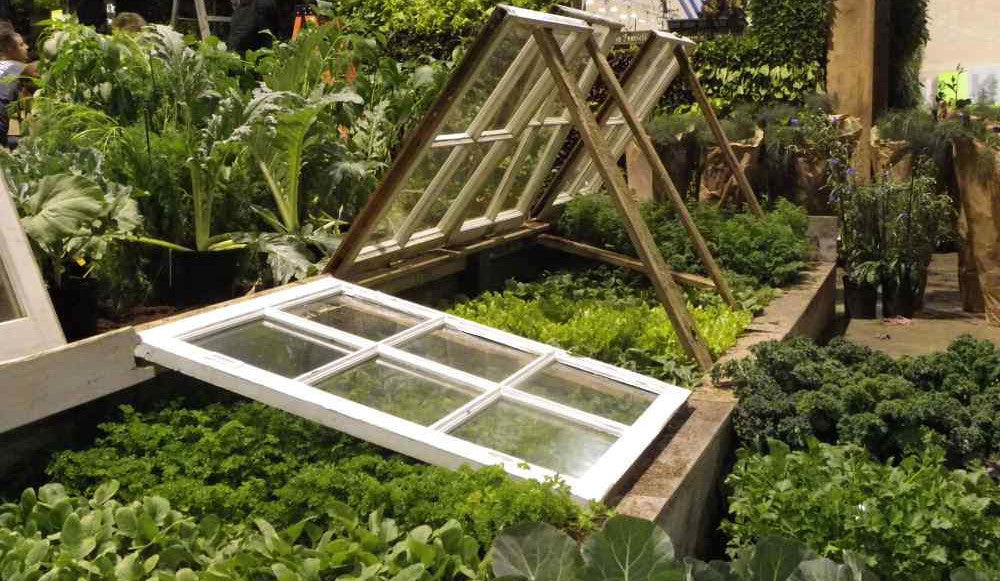How to Use Cold Frames
Select a cold frame design. The structure of cold frames can vary in the same way as greenhouse designs; some have filled in sides, some are glazed from top to bottom. The same guidelines on choosing structural and glazing materials apply. Since cold frames are generally at ground level, it is particularly important to install plastic glazing material if young children will be playing close to the frame.
Build your own cold frames. Cold frames are simple and inexpensive to make at home, using either wood treated with preservative or old bricks. Aluminum frames have a distinct advantage over these more permanent structures, since they can be moved around the garden to benefit from the maximum light available throughout the year.
Install the cold frame in a sunny area. All cold frames should be sited in areas of good natural light, in a sheltered area. Like greenhouses, cold frames may also need shading in summer and insulating in winter.
Make sure there is exposure to air for the cold frame. The cold frame needs adequate ventilation; just like a greenhouse, a cold frame needs to allow air circulation.
Add heating. Cold frames allow for the installation of heating units, although technically it then ceases to be called a cold frame.
How to Use Cloches
Use cloches to protect new plants. Unlike the cold frame or greenhouse, a cloche is meant to cover individual plants or groupings. Cloches are used chiefly in vegetable growing to protect young plants from the elements and predators.
Choose a shape that matches the plant's shape. Cloches are available in many shapes such as tent, tunnel and dome-shaped, and come in a variety of materials. Tall plants like tomatoes need a dome or pyramid.
Select a material for your cloche. As with greenhouses, the recommended material for best light transmission and heat retention is glass, although the same safety caveats apply and plastic is a better choice for gardeners with children.
Use plastic for protection. Plastic is inexpensive. Although it does not retain heat or allow such good light transmission, this is not of vital importance with all crops and can be perfect for crops that just need protection from predators. Simple individual cloches may be made from cut-off plastic bottles. These may not be as attractive as traditional glass cloches, but they are infinitely cheaper and just as effective.
Seal openings. Whatever the material, ensure that the cloche has well-fitting ends, or it has the potential to turn into a wind tunnel, which will quickly damage plants.
